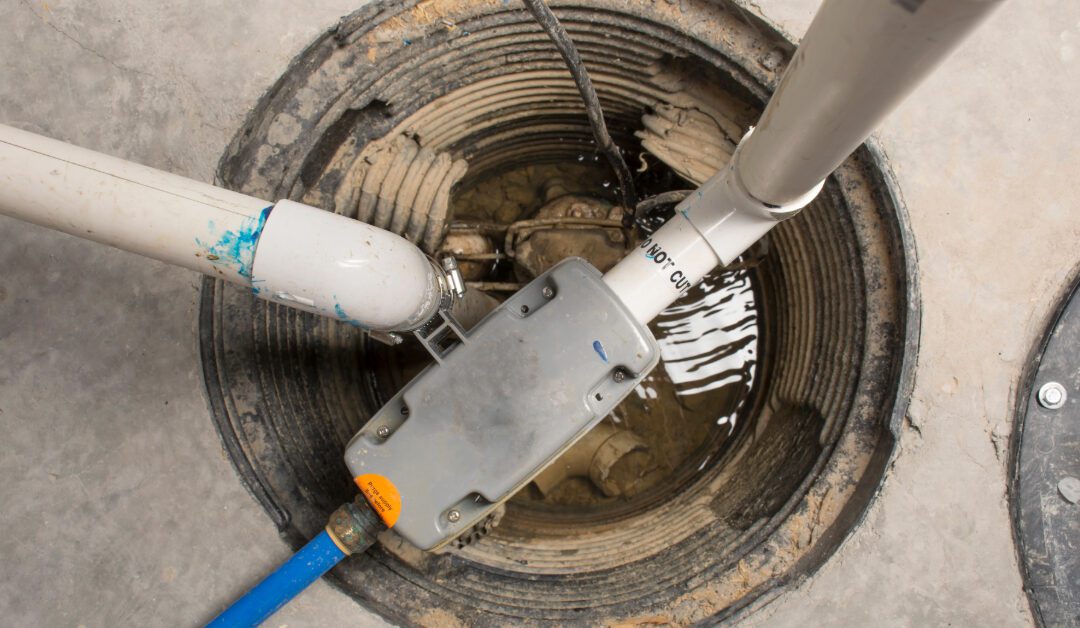Picture this: it’s pouring rain outside, the thunder is rumbling in the distance, and you’re snug inside your home. But as the storm intensifies, you start to wonder – is your sump pump up to the task? Your sump pump plays a crucial role in protecting your basement from flooding during heavy rains or melting snow. Like any other device, it requires regular maintenance and testing to ensure it’s ready when you need it most.
In this guide, we’ll take you through everything you need to know about testing your sump pump effectively and keeping water damage at bay.
Importance of sump pump maintenance
Regular maintenance of your sump pump is crucial to ensure its efficiency and effectiveness during heavy rain or flooding. Over time, debris and sediment can accumulate in the pump, leading to blockages that hinder its operation. By routinely inspecting and cleaning your sump pump, you can prevent potential malfunctions and costly repairs.
Additionally, proper maintenance can extend the lifespan of your sump pump, saving you from the inconvenience of a sudden breakdown during a storm. Regular check-ups also allow you to identify any issues early on and address them before they escalate into more significant problems. Investing time in maintaining your sump pump not only protects your property from water damage but also provides peace of mind knowing that your basement is adequately safeguarded against flooding.
Signs your sump pump needs testing
One clear sign that your sump pump needs testing is the unusual sounds coming from the pump when it activates. If you notice clunking, grinding, or vibrating noises, it could indicate a problem with the motor or impeller. Regularly listening for abnormal sounds can help you catch potential issues early on and prevent costly repairs or damages.
Another important indicator that your sump pump requires testing is strange odors emanating from the pit. If there is a foul or musty smell coming from the sump pump area, it may suggest mold growth or stagnant water accumulation inside the pit. Addressing this promptly through testing and maintenance can ensure proper functioning and prevent mold-related health hazards in your home.
Additionally, if you observe visible rust or corrosion on the exterior of your sump pump unit, it’s crucial to perform a thorough test to assess its operational efficiency. Rust buildup can weaken the internal components of the pump over time, leading to malfunctions or failures during heavy rainstorms or flooding events. By regularly inspecting for signs of corrosion and conducting routine tests, you can ensure that your sump pump remains reliable in protecting your basement from water damage.
Tools needed for testing
The effectiveness of testing your sump pump relies heavily on having the right tools at your disposal. One essential tool for sump pump testing is a high-quality multimeter, which allows you to measure voltage levels accurately. Additionally, a bucket or container to pour water into the sump pit will help simulate water entering the area and trigger the pump’s operation.
Another crucial tool to have when testing your sump pump is a flashlight with fully charged batteries. This will allow you to inspect all components of the pump system, including the float switch and discharge pipe, in case of any issues that may need addressing. Lastly, keeping a backup power source like a generator or battery-powered pump handy can be a lifesaver during power outages or if your main pump fails unexpectedly. By having these tools ready for testing your sump pump, you can ensure its functionality and protect your property from potential water damage.
Step-by-step testing process
Once you’ve ensured the sump pump is properly installed, it’s time to conduct a thorough testing process. Begin by pouring water into the sump pit until the float switch activates the pump. Observe if the pump starts promptly and efficiently drains the water from the pit. Next, simulate a power outage by unplugging the pump to see if its battery backup system activates seamlessly to continue pumping water out.
Additionally, examine all components of the sump pump system, including check valves and discharge pipes, for any signs of leaks or blockages that may hinder proper functionality. Lastly, consider conducting periodic maintenance checks on your sump pump throughout the year to ensure it remains in optimal working condition. By following this step-by-step testing process diligently, you can rest assured that your sump pump will be ready to protect your basement from flooding when needed most.
Troubleshooting common issues
One common issue homeowners face with their sump pumps is the problem of a stuck float switch. If the float switch gets stuck in the wrong position, it can prevent the pump from turning on or off properly, leading to potential flooding issues. To troubleshoot this, try manually lifting and lowering the float switch to see if it moves freely. Sometimes a simple adjustment or cleaning can solve this issue.
Another frequent sump pump problem is a jammed impeller. The impeller is responsible for moving water out of the pump, so if it’s blocked or obstructed, your pump won’t function effectively. To address this, turn off the power to the pump and carefully remove any debris or obstructions from the impeller area using a flashlight and tools like pliers or a screwdriver. Regular maintenance and keeping an eye on potential blockages can help prevent this issue in the future.
Frequency of sump pump testing
When it comes to the frequency of testing your sump pump, consistency is key. While many experts recommend testing your sump pump at least once a year, it might be beneficial to consider more frequent checks, especially if you live in an area prone to heavy rainfall or have experienced issues with flooding in the past. Regular testing can help ensure that your sump pump is in proper working condition when you need it most.
Testing your sump pump more frequently, such as every 3-6 months, can also help you identify any potential problems early on and take proactive steps to address them. By incorporating testing into your regular home maintenance routine, you can increase the reliability of your sump pump and minimize the risk of unexpected malfunctions during heavy rains or storms. Remember, taking a few minutes to test your sump pump regularly can save you from costly repairs and water damage down the line.
Conclusion: Importance of regular maintenance and testing
Regular maintenance and testing of your sump pump are crucial aspects of home maintenance that should not be overlooked. By consistently checking and servicing your sump pump, you can ensure its proper functioning during heavy rain or flooding situations. Neglecting this important task could lead to costly repairs or even water damage in your home.
Testing your sump pump at regular intervals allows you to identify any issues early on before they escalate into more significant problems. It also gives you peace of mind knowing that your sump pump is in good working condition when you need it the most. Investing a little time and effort in maintaining and testing your sump pump can save you from potential headaches down the line and help protect your property from water-related disasters.

